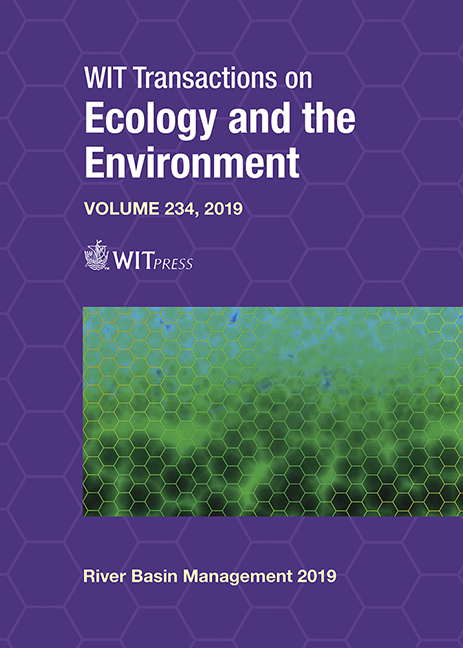DEVELOPMENT AND ASSESSMENT OF A SINGLE-EVENT DESIGN FLOOD ESTIMATION TOOL: CASE STUDY IN FOUR CLIMATOLOGICAL REGIONS OF SOUTH AFRICA
Price
Free (open access)
Transaction
Volume
234
Pages
9
Page Range
53 - 61
Published
2019
Paper DOI
10.2495/RBM190061
Copyright
WIT Press
Author(s)
OCKERT J. GERICKE
Abstract
The estimation of design floods characterised by a specific magnitude-frequency relationship at aparticular site is necessary for the planning, design and operation of hydraulic structures. Both theoccurrence and the frequency of floods, along with the uncertainty involved in the estimation thereof,contribute to the practitioners’dilemma to make a single, justifiable decision based on the resultsobtained from the various single-event design flood estimation methods available internationally. Thispaper presents the further development and assessment of a Design Flood Estimation Tool (DFET) infour climatologically different regions of South Africa. The DFET was developed and programmedusing Microsoft Visual Basic for Applications and the functionality and application thereof wereassessed by comparing the DFET-based probabilistic, deterministic and empirical design floodestimates in 12 gauged catchments. The refined and improved DFET proved to be an easy to usesoftware tool for the rapid estimation and assessment of alternative design flood estimation methodsfor at-site applications in both gauged and ungauged catchments. In general, the empirical methodsresulted in more acceptable design flood peaks than the deterministic methods when compared to theat-site probabilistic flood peaks. Furthermore, the use of more complex deterministic methods, e.g.Synthetic Unit Hydrograph (SUH) method, as opposed to the more simplified deterministic methods,e.g. Rational method (RM) and Soil Conservation Services (SCS) method, does not necessarilyguarantee and result in more acceptable peak discharge estimates. The latter also emphasises that nosingle design flood estimation method could be regarded as superior to any other method when the widerange of flood magnitude-frequency problems encountered in practice, needs to be solved. Practitionersstill have to apply their own experience, knowledge and skills to these particular problems until thecurrent National Flood Study Programme (NFSP) narrows the gap between flood research and practicein South Africa.
Keywords
design flood, design rainfall, estimation, flood magnitude-frequency, flood modelling





